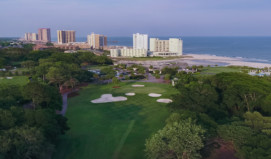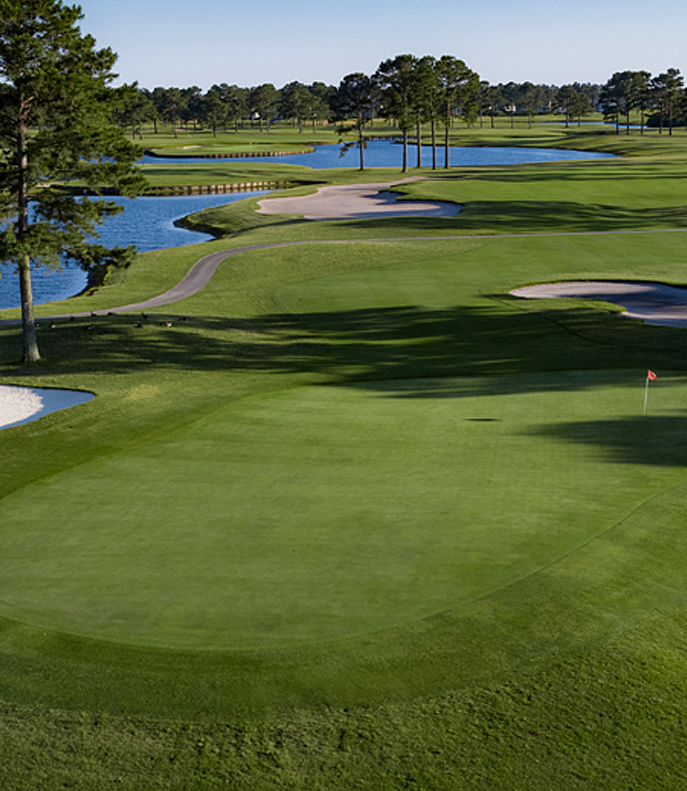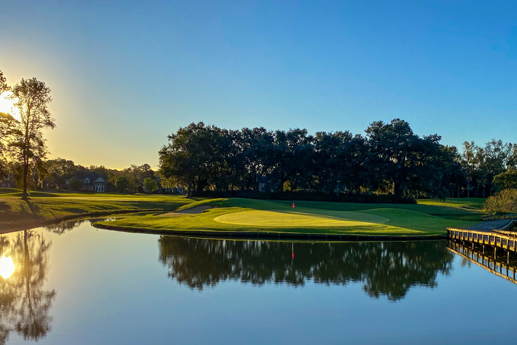Since the moment the PGA Tour announced the creation of the Myrtle Beach Classic, one of the most popular questions around town has been: “How do you think the Dunes Club will hold up against PGA Tour players?”
The short answer is the world’s best golfers are going to post low numbers, just as they do on every course that doesn’t have room to expand to nearly 8,000 yards or a willingness to trick the layout up to the point of making it unrecognizable.
Expect the winner to shoot no worse than 16-under par – with the victorious score likely being closer to -20 (keep in mind the course will be playing as a par 71), but that doesn’t mean the Robert Trent Jones Sr. classic won’t provide an enjoyable challenge.
Just hours before the start of the inaugural Myrtle Beach Classic, here are answers to the most frequently asked questions about the Dunes Club.
How different will the course be as compared to what I play on a golf trip?
Other than playing as a par 71 from 7,400-7,500 yards, not much! Seriously, the course and the shots they are hitting will mostly look familiar, but there were a few changes. Most notably, the eighth hole, a par 5 for us commoners, will now play as a long par 4. The previous championship tee for the eighth will now be used as the tee box for No. 2, lengthening the par 4 and preventing players from cutting the dogleg left in search of an easy birdie.
How will Tour players fare on Alligator Alley?
Holes 11 through 13, otherwise known as Alligator Alley, is the most famed stretch in Myrtle Beach, but the truth is Tour players aren’t likely to struggle with the trio of holes. They have the distance and accuracy to handle the challenge. Brandt Snedeker and friends will be thinking birdie every step of the way.
Okay, but they won’t be able to reach the 13th green in two, right?
Uh, I wouldn’t be so sure about that. Aggressive Tour players aren’t concerned about a long carry over Lake Singleton on the par 5 13th. Expect guys like Cameron Champ to play an iron off the tee and then unleash a three- or even five-wood from the fairway in an attempt to hit the green in two. Many will surely succeed, but remember, they call No. 13 Waterloo for a reason.
If Waterloo doesn’t scare them, what hole will?
This may come as a surprise but expect No. 14 to be the Dunes Club’s hardest hole. A new tee box has pushed the par 4 to 503 yards and a fairway bunker on the left looms 315 yards from the tee box. Most players will lay back to avoid the bunker, leaving a 200+ yard approach to a green that will be firm due to being resprigged because of hurricane damage. In terms of the course’s overall difficulty, how hard the wind blows is the ultimate wild card. If the warm wind is coming off the Atlantic, holes six and seven will prove stout, as will the par 4 18th.
How high will the rough be and how fast will the greens be rolling?
One difference between the Dunes Club you typically play, and the one Daniel Berger and Joel Dahmen will challenge is the rough, which will be lush, penalizing wayward shots. The length of the Tour guys somewhat mitigates the impact of the rough, but playing from the fairway will be vital. The greens at the Dunes Club are by consensus the area’s best. They are large, undulating and will provide plenty of setup options. Don’t expect speeds to be Augusta-like, but they will likely be stimping at 11+, meaning there will be a lot of dangerous putts.
As the saying goes, these guys are good, so they are going to go low. The Dunes Club is one of America’s top 100 public courses for a reason, and it will provide an outstanding test of golf and visuals that will be ideal for Golf Channel viewers.




